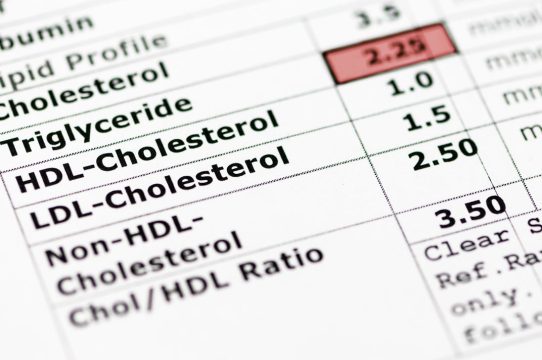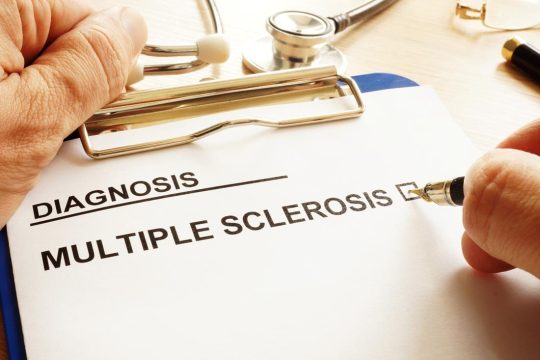Advertisment
ESOT 2015: The enemy within: improving adherence. Professor John Forsythe (Edinburgh), Dr Luis Guirado Fundació Puigvert (Barcelona), Lorna Marson (Edinburgh) and Dr Peter Nickerson (Manitoba) discuss the issues around non-adherance in renal transplantation.

Non-adherence with immunosuppressive treatment is potentially one of the most significant risk factors for intra-patient variability (IPV) in drug concentrations – and one that is modifiable. The link between non-adherence and IPV and strategies for identifying non-adherence were the topic of a state-of-the-art session at this year’s ESOT.
In the first session, Professor Dirk Kuypers from Leuven, Belgium reviewed the basics of IPV in terms of possible causes and clinical relevance. It is well known that intake of fatty food or certain herbal remedies can result in fluctuating drug levels; clinicians need also be aware of the effects of gastrointestinal disorders and drug interactions on drug levels. More recently a link was suggested between IPV and CYP3A5 expression; however, a study in kidney transplant patients showed no difference in IPV between expressers and non-expressers.1
The drug formulation has also been proposed as a risk factor for IPV. A pharmacokinetic crossover study showed a small reduction in IPV area under the curve and no effect on IPV trough levels when patients switched from twice-daily to once-daily tacrolimus.2 However, the improvement in IPV seen with once-daily tacrolimus was considerably more pronounced in clinical trials and was also seen to correlate with a lower incidence of acute rejection;3 in Professor Kuypers’ opinion, this suggests that non-adherence may be behind this greater effect and that the formulation is of less importance for IPV. Alongside traditional interventions such as advice on the timing and type of food intake, avoiding herbal products and identifying any gastrointestinal conditions that may affect drug pharmacokinetics, detecting and addressing non-adherence is a key step towards overcoming IPV and fluctuations in drug exposure.
Professor Sabina de Geest from Basel, Switzerland then took the audience on a guided tour of the available methods for measuring adherence in trials and clinical practice. Therapeutic drug monitoring and pharmacy refill data generate highly reliable but sparse data. In contrast, patient diaries can generate rich data but are susceptible to bias. Retrospective questionnaires also risk bias to some extent and generate comparatively sparse data, but can be useful in settings with limited resources. The most reliable and rich data is derived from electronic monitoring with automatic compilation of dosing history. Early versions of this technology include pill bottles with a computer chip in the cap that records each dose as it is taken and can detect delayed initiation and premature discontinuation of treatment as well as omitted doses and drug holidays.4 This data can be correlated with drug plasma levels to determine the impact on IPV.5 More recent versions of this technology are fully wireless and are capable of integrating measurement, analysis and feedback – the latter has been shown to significantly improve adherence compared with controls6 and is feasible in clinical practice.7 Some highly innovative technologies such as the Proteus Raisin patch and capsule8 and the TAKE-IT system9 have shown promise but failed to be successful in clinical practice due to lack of patient acceptance – Professor de Geest stressed the importance of developing innovative technologies in collaboration with patients to ensure acceptance. The Polymedication Electronic Monitoring System (POEMS)10 and a capsule photo app for iPhone11 are currently in clinical trials and could become important for the future in Professor de Geest’s opinion. Regulatory authorities including the FDA have become convinced of the importance of monitoring adherence in clinical trials and the use of electronicmonitoring is likely to increase in the future.
References:
- Spierings N, Holt DW, MacPhee IA. CYP3A5 genotype had no impact on intrapatient variability of tacrolimus clearance in renal transplant recipients. Ther Drug Monit 2013;35:328-31.
- Stifft F, Stolk LM, Undre N, et al. Lower variability in 24-hour exposure during once-daily compared to twice-daily tacrolimus formulation in kidney transplantation. Transplantation 2014;97:775-80.
- Considine A, Tredger JM, Heneghan M, et al. Performance of modified-release tacrolimus after conversion in liver transplant patients indicates potentially favorable outcomes in selected cohorts. Liver Transpl 2015;21:29-37.
- Blaschke TF, Osterberg L, Vrijens B, et al. Adherence to medications: insights arising from studies on the unreliable link between prescribed and actual drug dosing histories. Annu Rev Pharmacol Toxicol 2012;52:275-301.
- Vrijens B, Urquhart J. Methods for measuring, enhancing, and accounting for medication adherence in clinical trials. Clin Pharmacol Ther 2014;95:617-26.
- Demonceau J, Ruppar T, Kristanto P, et al. Identification and assessment of adherence-enhancing interventions in studies assessing medication adherence through electronically compiled drug dosing histories: a systematic literature review and meta-analysis. Drugs 2013;73:545-62.
- Robiner WN, Flaherty N, Fossum TA, et al. Desirability and feasibility of wireless electronic monitoring of medications in clinical trials. Transl Behav Med 2015;5:285-93.
- Eisenberger U, Wuthrich RP, Bock A, et al. Medication adherence assessment: high accuracy of the new Ingestible Sensor System in kidney transplants. Transplantation 2013;96:245-50.
- Foster BJ, Pai A, Zhao H, et al. The TAKE-IT study: aims, design, and methods. BMC Nephrol 2014;15:139.
- Arnet I, Walter PN, Hersberger KE. Polymedication Electronic Monitoring System (POEMS) – a new technology for measuring adherence. Frontiers in Pharmacology 2013;4.
- Pal R, Galloway G, Clavier O, et al. Adherence monitoring for substance abuse clinical trials. Drug & Alcohol Dependence;146:e60.





